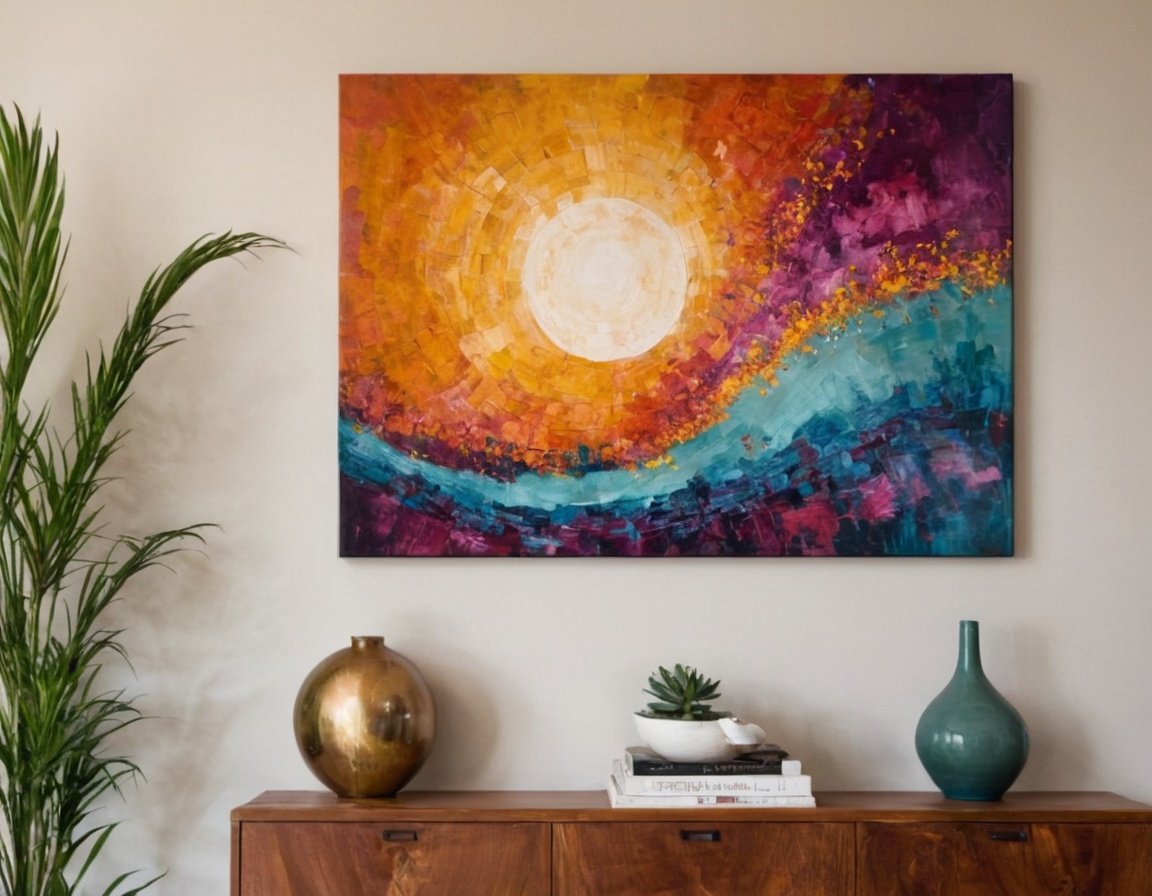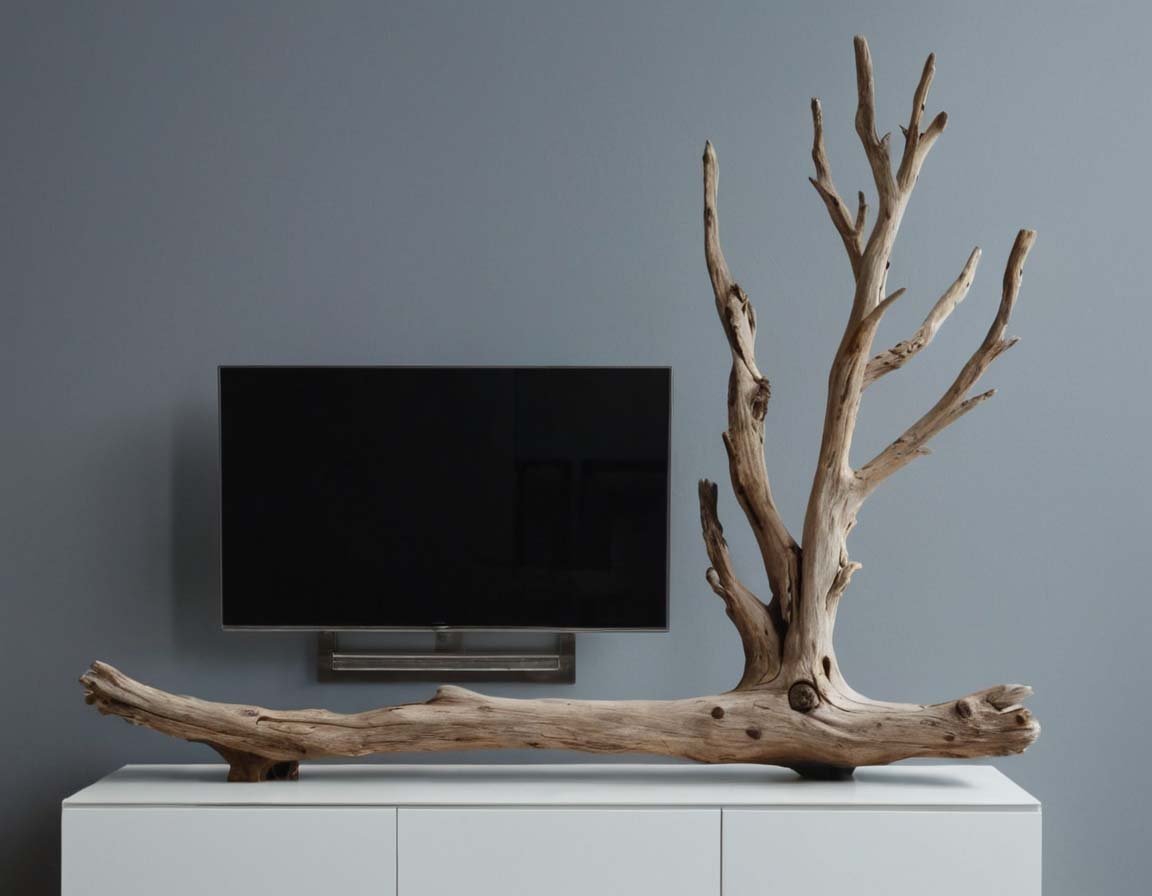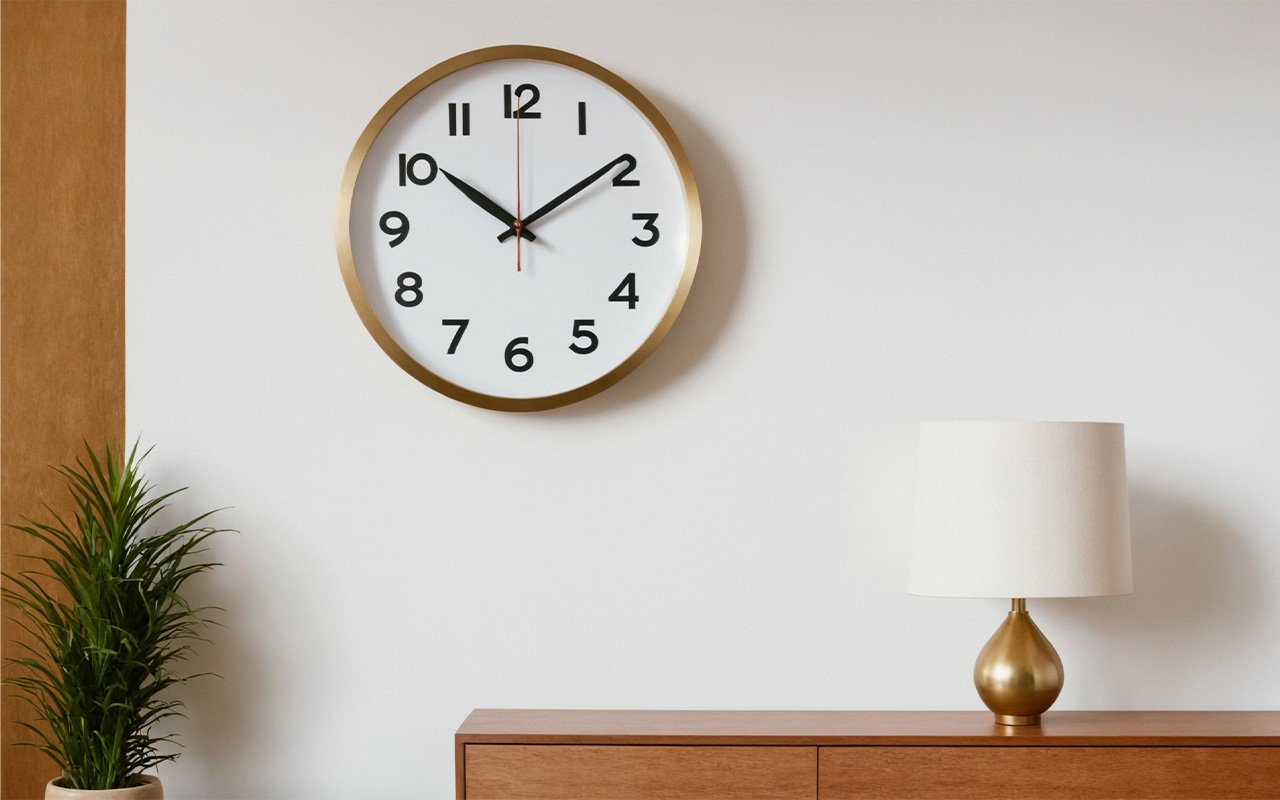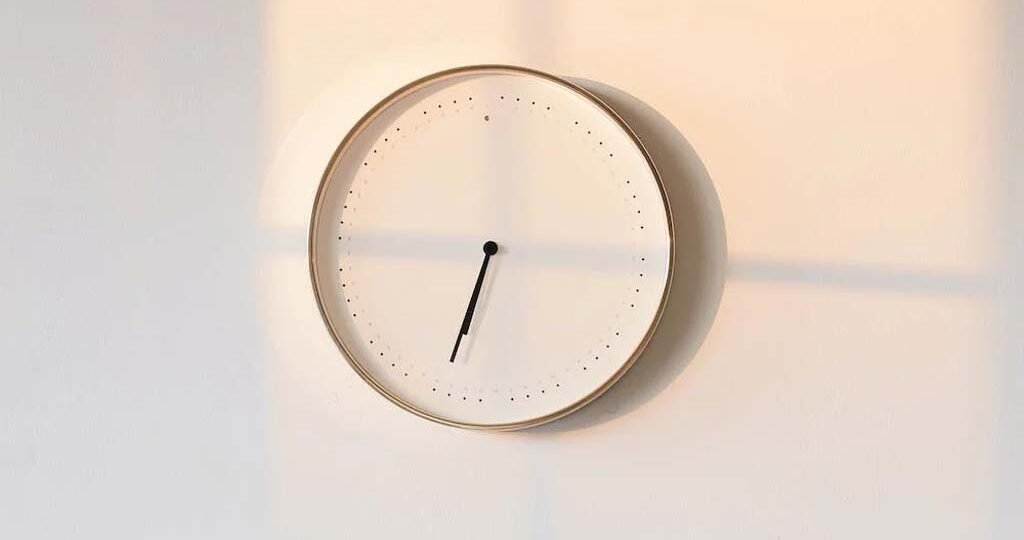
Contents
Introduction: The Minimalist Art Movement and its Influence on Wall Art
The minimalist art movement emerged in the 1960s as a reaction against abstract expressionism’s emphasis on emotional expression through gestural brushwork. Minimalist artists sought instead to create works that were objective and devoid of personal emotion or narrative content.
This movement had a profound influence on wall art by challenging traditional notions of what constituted “art.” By reducing their work down to its essential elements – lines, shapes, colors – minimalist artists pushed boundaries and redefined what could be considered artistic expression.
Minimalism also paved the way for other contemporary movements such as conceptual art or installation art by emphasizing ideas over materiality. It encouraged viewers to engage with artworks intellectually rather than solely relying on visual aesthetics.
The Timelessness of Minimalist Wall Art
Minimalist wall art has stood the test of time due to its timeless appeal. Its simplicity and focus on essential elements make it immune to passing trends, ensuring that it remains relevant for years to come.
Unlike more elaborate styles that may fall out of fashion, minimalist wall art maintains its elegance and sophistication regardless of changing tastes. It transcends cultural boundaries and speaks to our innate appreciation for simplicity and balance.
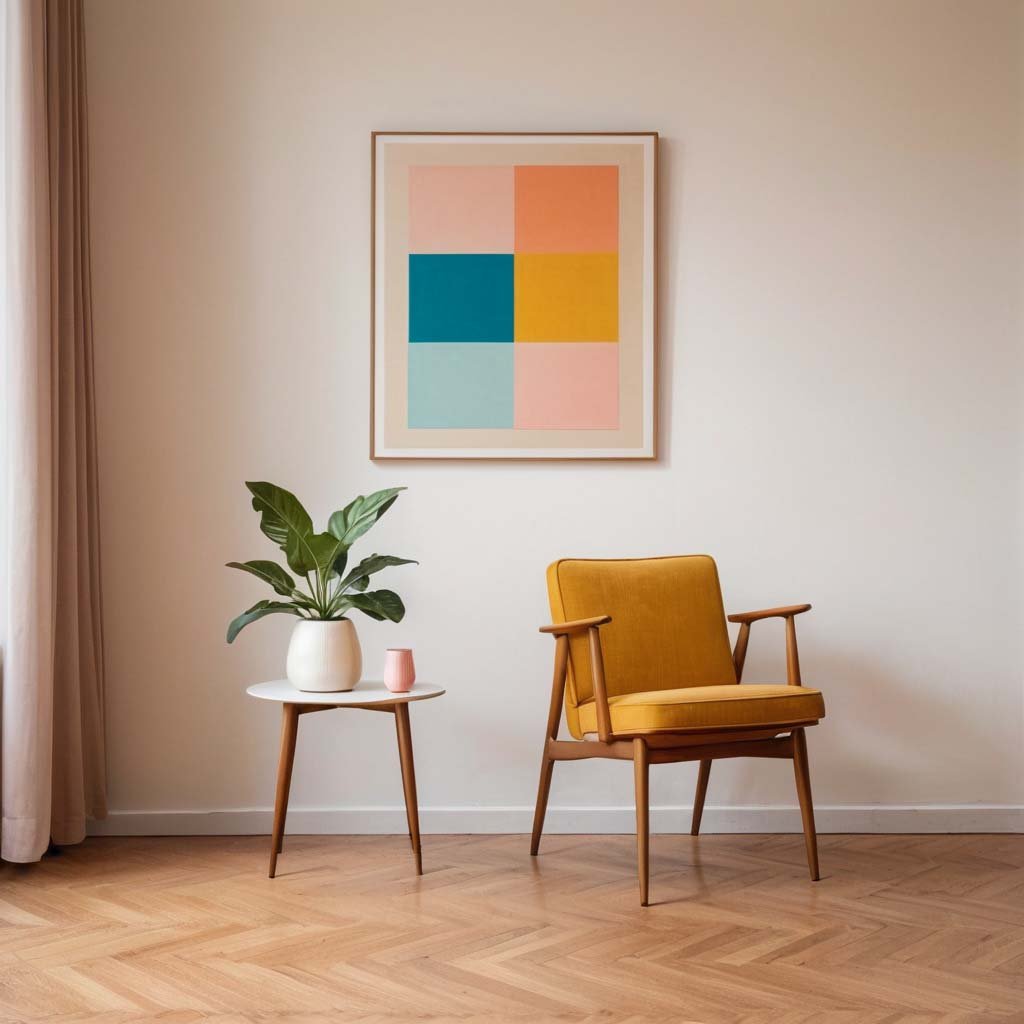
Artists such as Agnes Martin, whose minimalistic paintings have captivated audiences since the 1960s, continue to inspire contemporary artists today. Their work serves as a testament to the enduring power of minimalist wall art.
The Concept of Less is More
The concept of “less is more” is at the core of minimalist wall art. It emphasizes the idea that simplicity can be more powerful than complexity. By removing extraneous details, minimalist artists are able to create works that have a strong impact with minimal means.
In minimalist wall art, this concept is applied through clean lines, geometric shapes, and a limited color palette. The focus is on creating an uncluttered visual experience that allows viewers to appreciate the essence of the artwork.
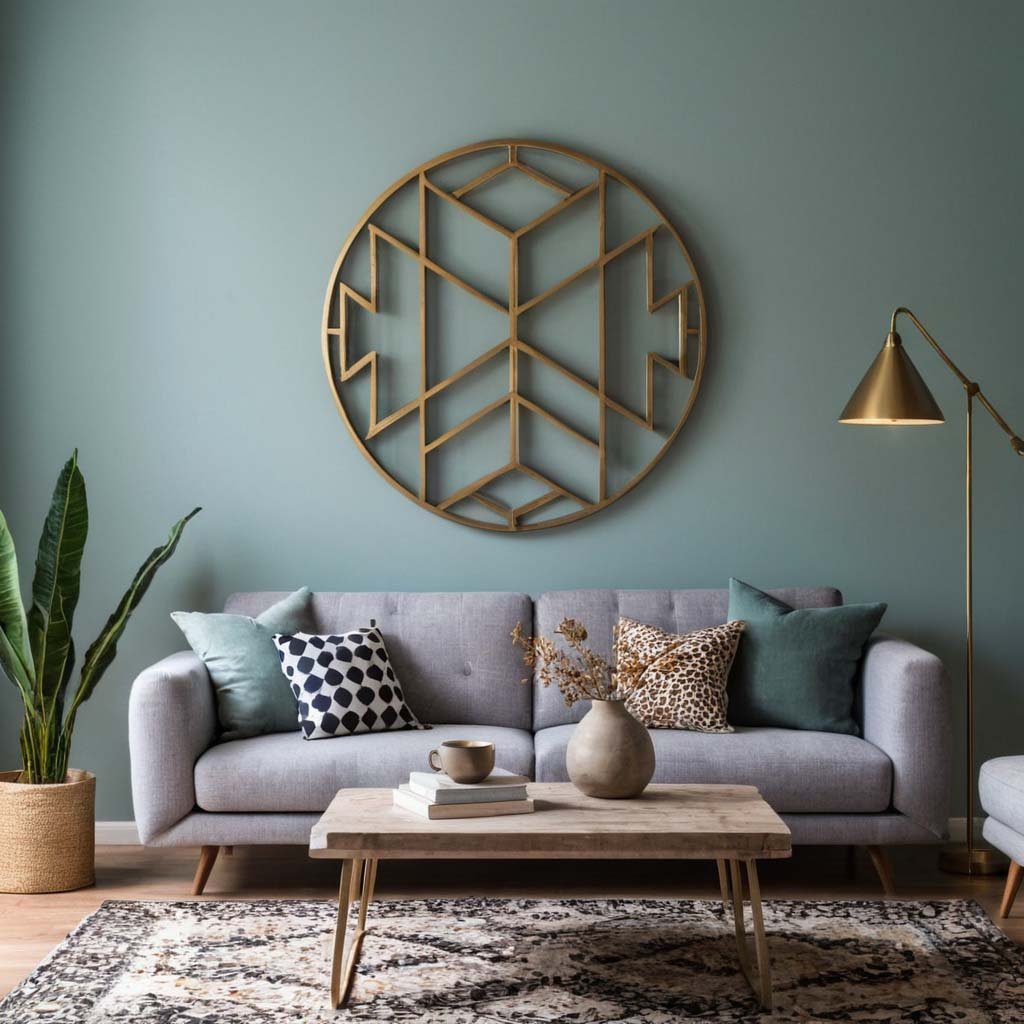
The Beauty of Simplicity
Simplicity has long been associated with beauty in various forms of art, from architecture to fashion design. In minimalist wall art, simplicity takes center stage as it allows for a deeper appreciation of form and composition.
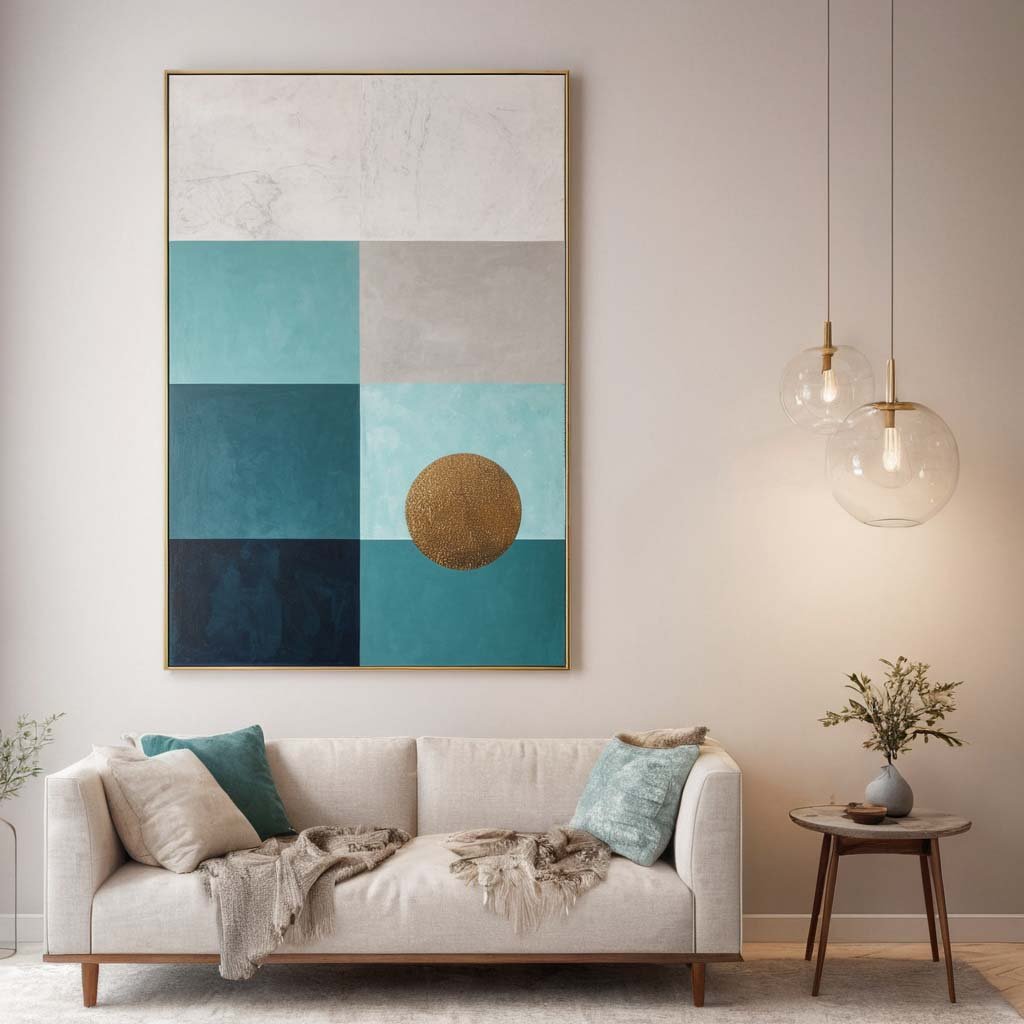
By eliminating unnecessary elements, minimalist artists are able to highlight what truly matters in their work – whether it’s a single line or shape or even just negative space (more on this later). This emphasis on simplicity creates an elegant and refined aesthetic that can be both visually striking and emotionally evocative.
Examples abound when it comes to minimalist wall art that showcases simplicity beautifully: think about Kazimir Malevich‘s iconic “Black Square” which consists solely of a black square painted on white canvas, or Donald Judd‘s sculptures made up only of simple geometric shapes arranged in precise configurations.
The Power of Negative Space
Negative space refers to the empty areas surrounding an object or within its boundaries in an artwork. In minimalist wall art, negative space is often used strategically to create a sense of balance and harmony.
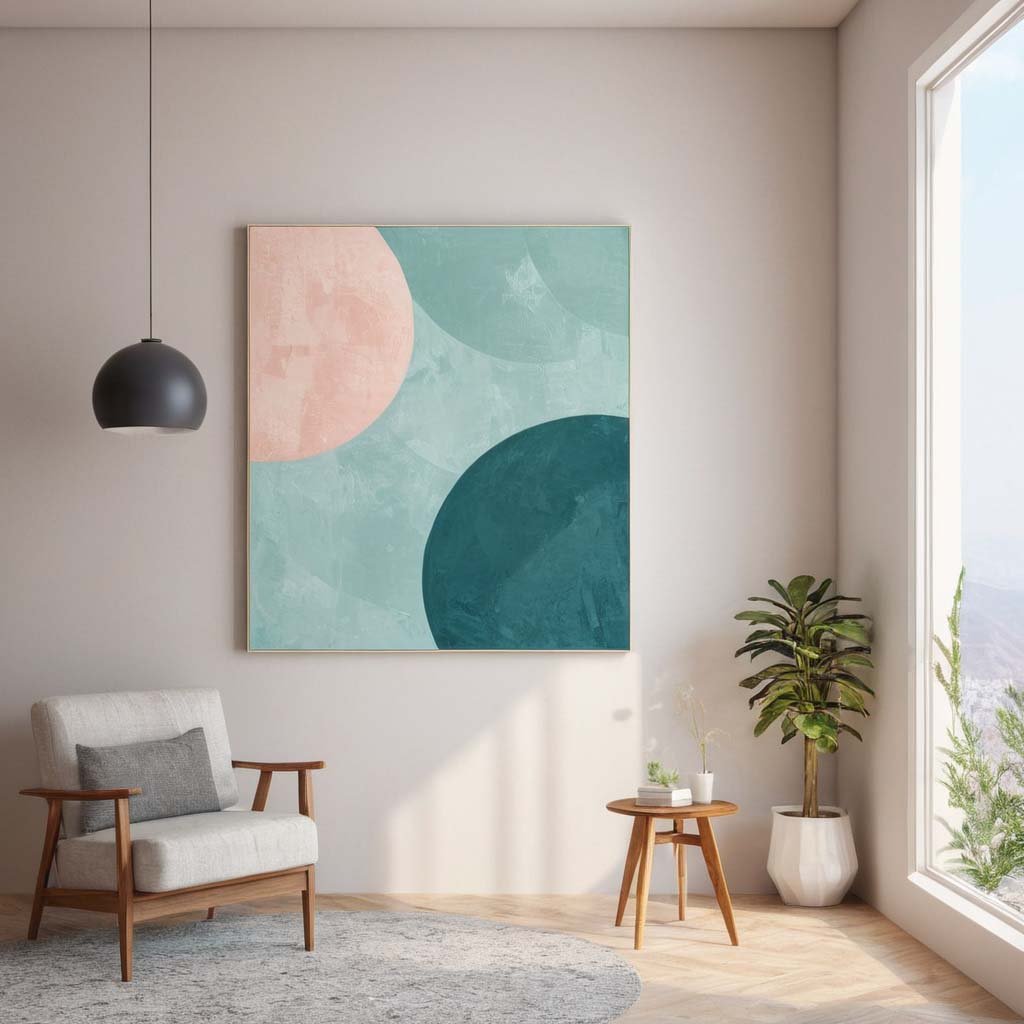
By incorporating negative space, minimalist artists are able to give their work room to breathe and allow the viewer’s eye to rest. This creates a visual tension that can be both calming and intriguing.
Negative space also plays a crucial role in defining the subject matter of minimalist wall art. By using empty spaces effectively, artists can draw attention to the positive elements in their work and create a dynamic relationship between presence and absence.
Minimalist Wall Art and Interior Design
Minimalist wall art is highly versatile when it comes to fitting into different interior design styles. Its clean lines, simplicity, and neutral color palette make it an ideal choice for modern or contemporary interiors.
In minimalist interiors, where clutter is minimized and every element has its purpose, minimalist wall art can serve as a focal point or complement other design elements seamlessly. It adds visual interest without overwhelming the space.
For example, in a Scandinavian-inspired interior with its emphasis on minimalism and natural materials, a piece of minimalist wall art featuring organic shapes or muted colors would blend effortlessly with the overall aesthetic.
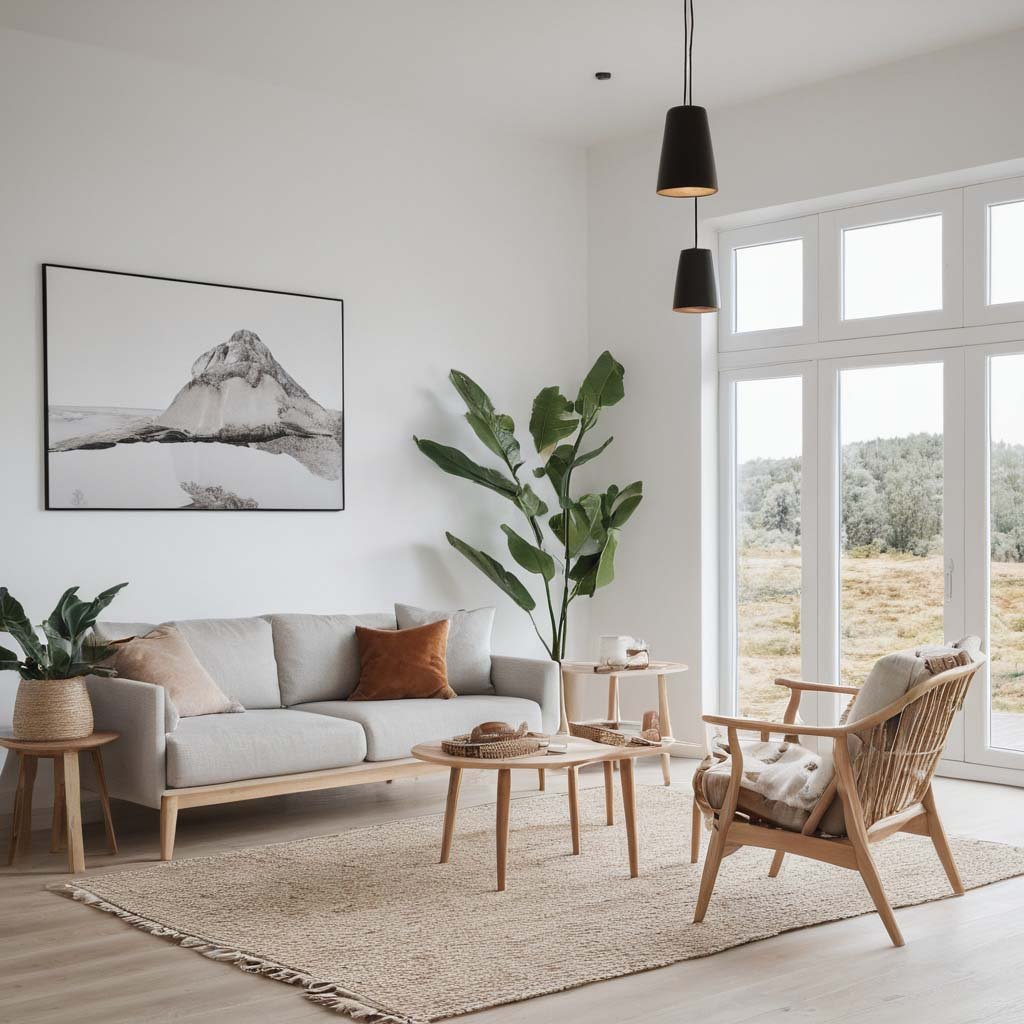
On the other hand, in an industrial-style loft with brick walls and metal accents, bold geometric prints or abstract compositions can add contrast while maintaining the clean lines characteristic of minimalism.
The Versatility of Minimalist Wall Art
One of the great advantages of minimalist wall art is its versatility – it can be used effectively in various rooms throughout your home. Whether you’re looking for something understated for your bedroom or something bold for your living room, there’s bound to be a piece that suits your taste.
In bedrooms, where tranquility is key for restful nights’ sleep, minimalistic landscapes or abstract pieces with soft colors can create a serene atmosphere conducive to relaxation.
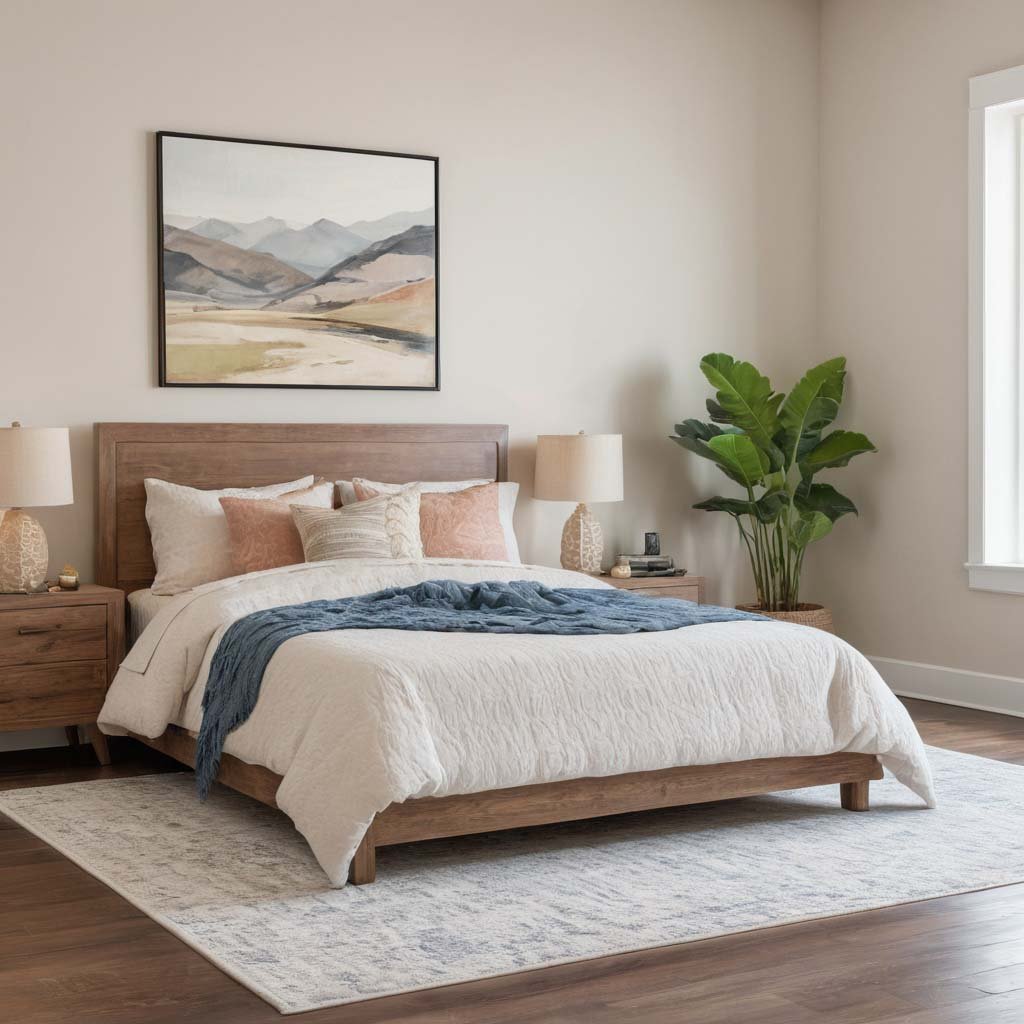
In living rooms or dining areas where you entertain guests frequently, larger-scale pieces with bold lines or vibrant colors can make a statement and serve as conversation starters.
Even in home offices or study spaces, minimalist wall art can provide visual interest without distracting from the task at hand. A simple black-and-white photograph or a monochromatic abstract piece can add sophistication to the space.
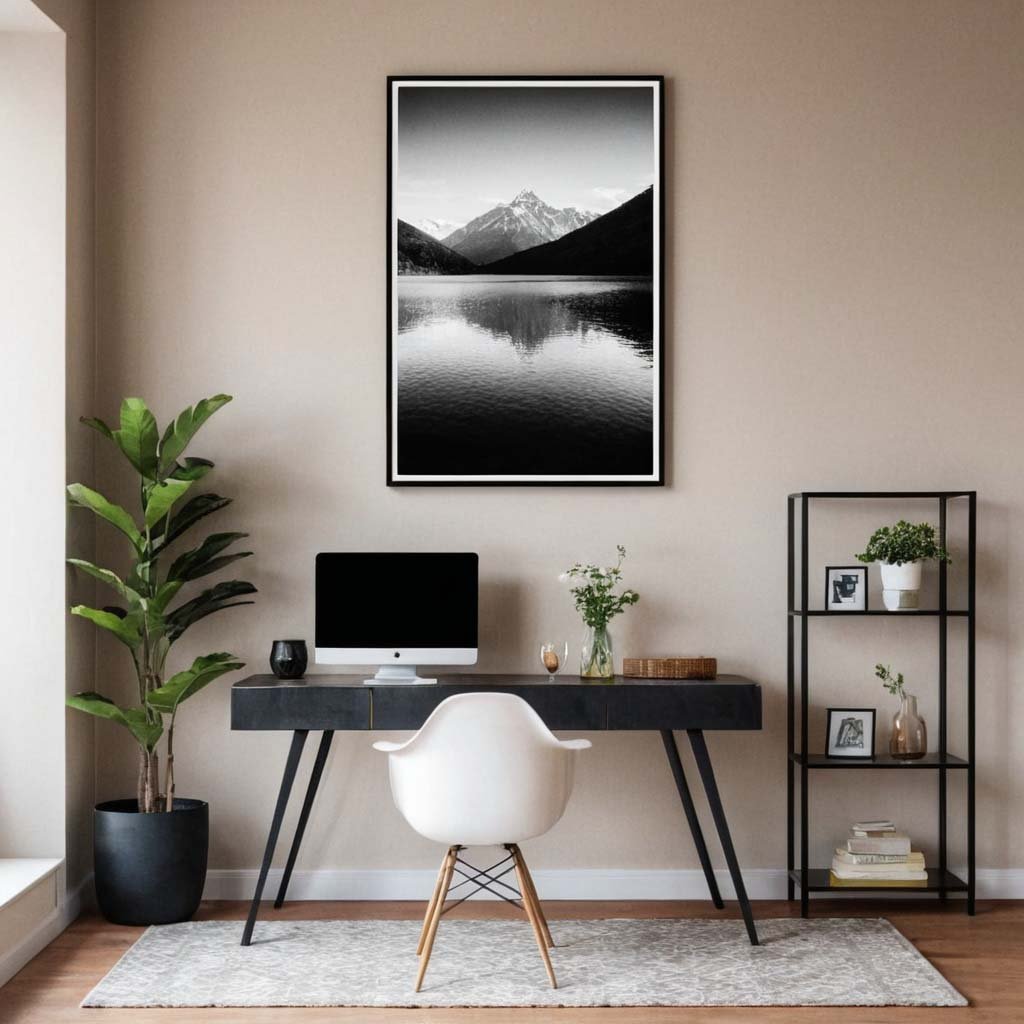
The Impact of Color in Minimalist Wall Art
While minimalism often favors neutral color palettes, color still plays an important role in minimalist wall art. When used sparingly and purposefully, color can enhance the impact of a piece while maintaining its simplicity.
In some cases, artists may choose to use bold pops of color against a predominantly neutral background for maximum contrast and visual impact. This technique draws attention to specific elements within the artwork while maintaining an overall sense of minimalism.
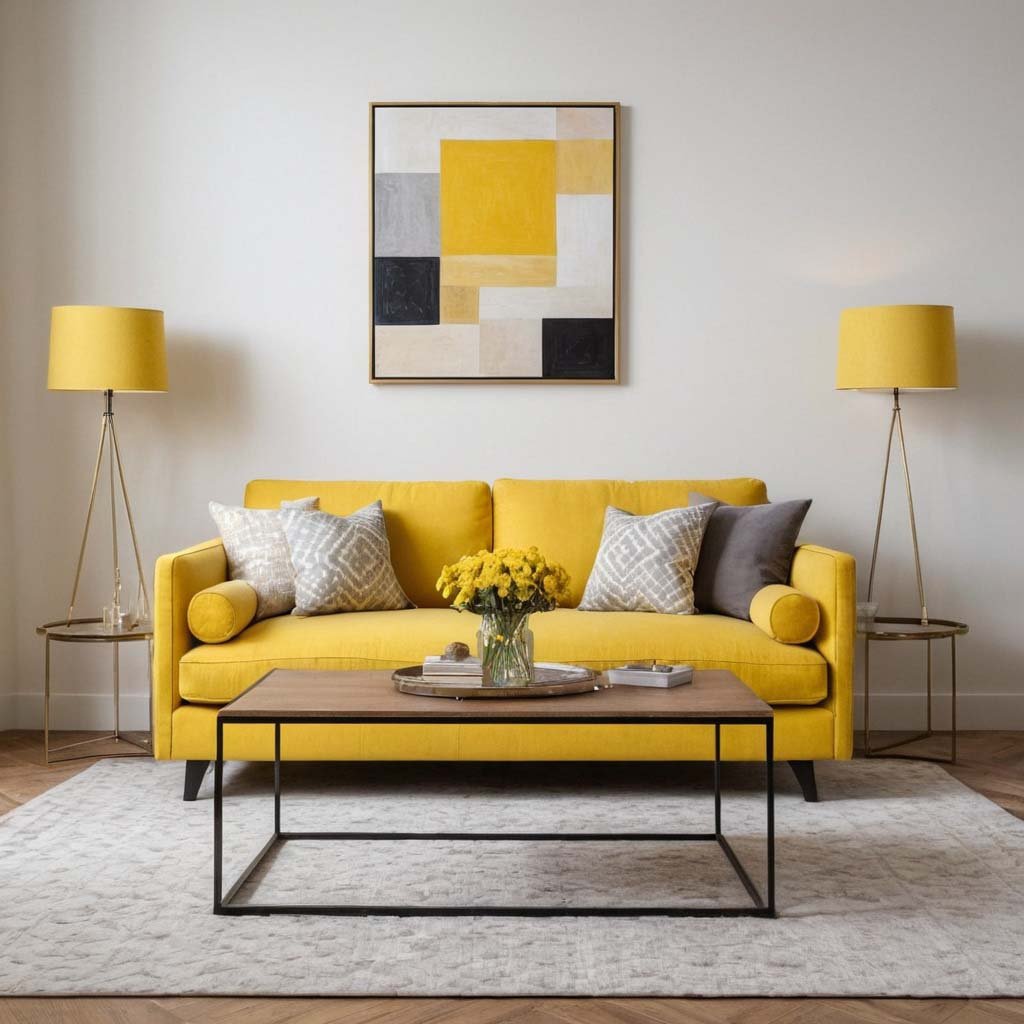
Alternatively, artists may opt for monochromatic compositions where different shades or tones within one color family are explored. This approach allows for subtle variations in hue that create depth without overwhelming the viewer with too much visual information.
The Role of Texture in Minimalist Wall Art
Texture is another element that can be effectively incorporated into minimalist wall art. While texture is often associated with more intricate styles like impressionism or abstract expressionism, it can also add depth and interest to minimalist compositions.
Minimalist artists may use texture sparingly, such as through the use of brushstrokes or subtle surface variations. This creates a tactile quality that invites viewers to engage with the artwork on a more sensory level.
For example, a minimalist sculpture made from metal or wood may feature smooth surfaces juxtaposed with rougher textures, creating an intriguing contrast that adds visual interest without detracting from the overall simplicity of the piece.
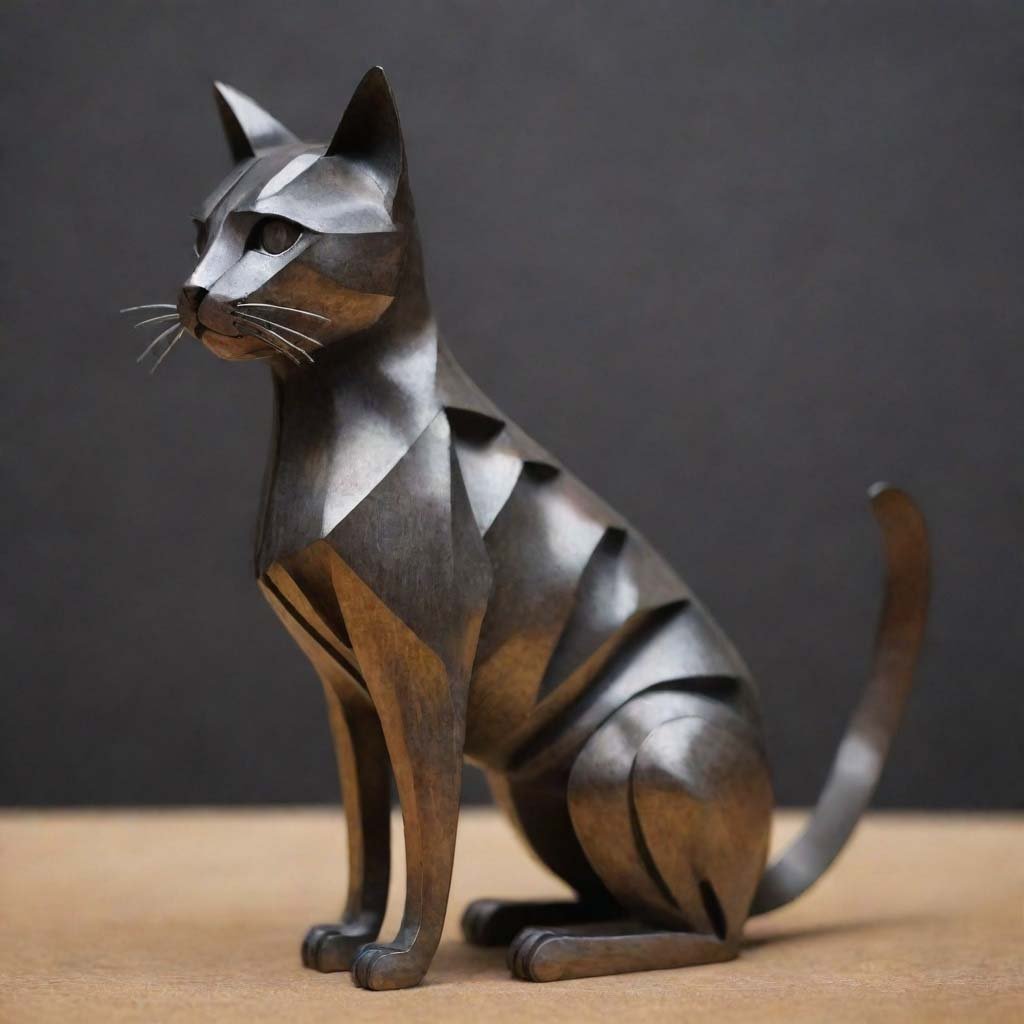
The Benefits of Minimalist Art for Small Spaces
Minimalist wall art is particularly well-suited for small spaces due to its ability to create an illusion of openness and airiness. By choosing pieces that are not visually overwhelming, you can make your space feel larger and more inviting.
In small bedrooms or studio apartments where space is at a premium, opting for smaller-scale minimalist wall art can help prevent the room from feeling cramped. A series of small prints arranged in a grid pattern can add visual interest without overpowering the limited square footage.
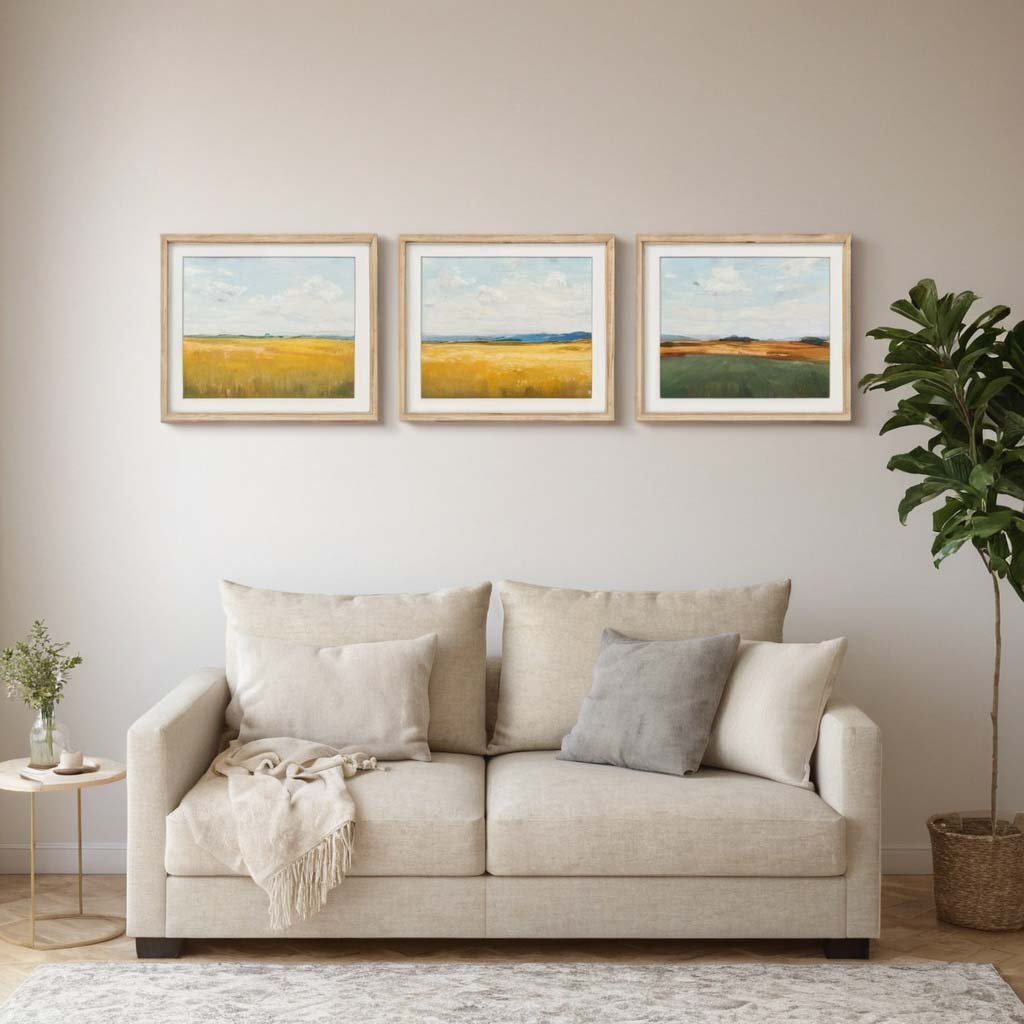
Similarly, in narrow hallways or entryways where there’s little room for furniture or decorative objects, minimalist wall art can serve as an effective way to enhance these transitional spaces. A single large-scale piece with clean lines and neutral colors can make a bold statement while maintaining an uncluttered aesthetic.
Minimalist Wall Art for a Calming and Relaxing Atmosphere
One of the key benefits of incorporating minimalist wall art into your home is its ability to create a calming atmosphere. The simplicity and minimalism inherent in this style promote tranquility and allow for moments of introspection.
In bedrooms or meditation spaces where relaxation is paramount, choosing serene landscapes or abstract compositions with soft colors can help create a soothing environment conducive to restful nights’ sleep or quiet contemplation.
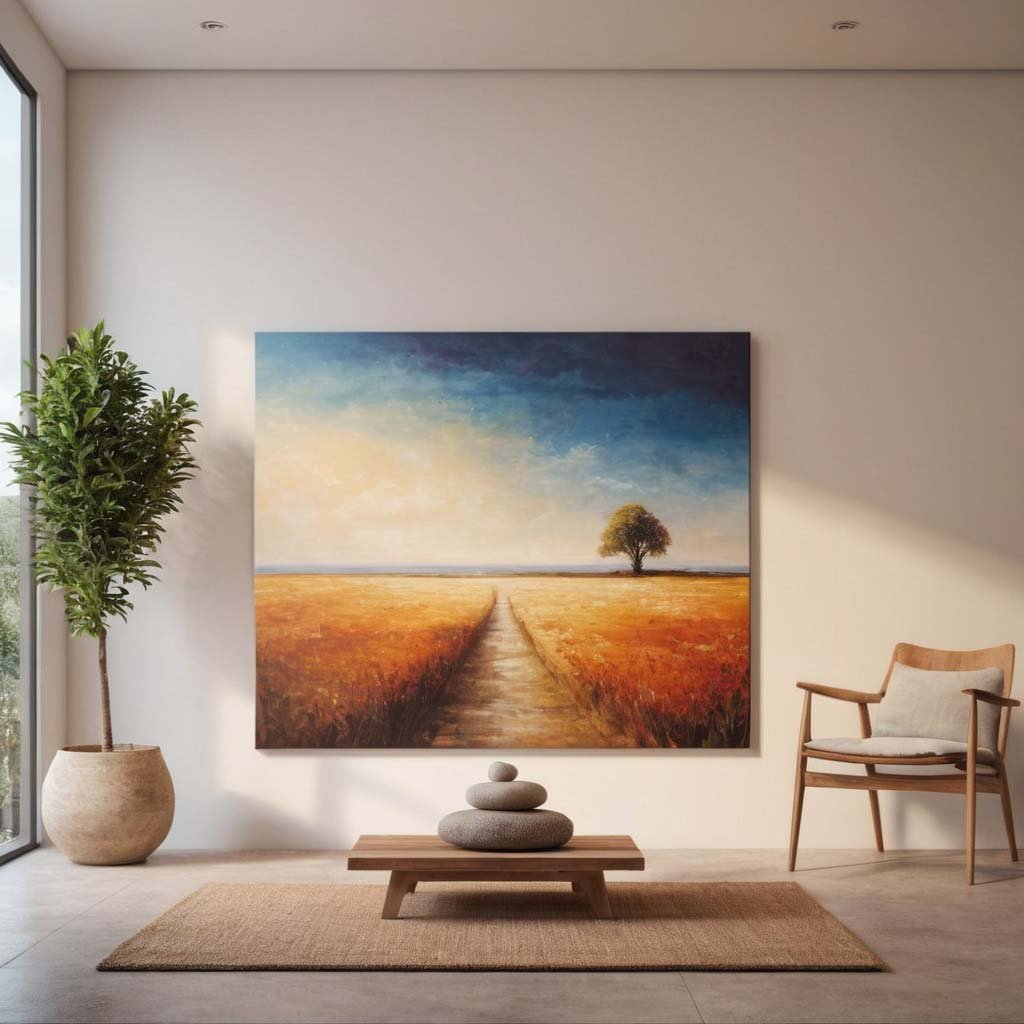
Even in high-traffic areas like living rooms or dining areas where energy levels tend to be higher, minimalist wall art can provide balance by offering a visual respite. By choosing pieces with clean lines and muted colors, you can create a harmonious atmosphere that encourages relaxation and conversation.
How to Choose the Right Minimalist Wall Art for Your Home
When it comes to choosing minimalist wall art for your home, there are several factors to consider. First and foremost, think about the overall aesthetic of your space and how the artwork will fit into it.
Consider the size of the wall where you plan to hang the piece – larger walls may require larger-scale artwork or a series of smaller pieces arranged in a grid pattern. Conversely, smaller walls may benefit from one statement piece that serves as a focal point.
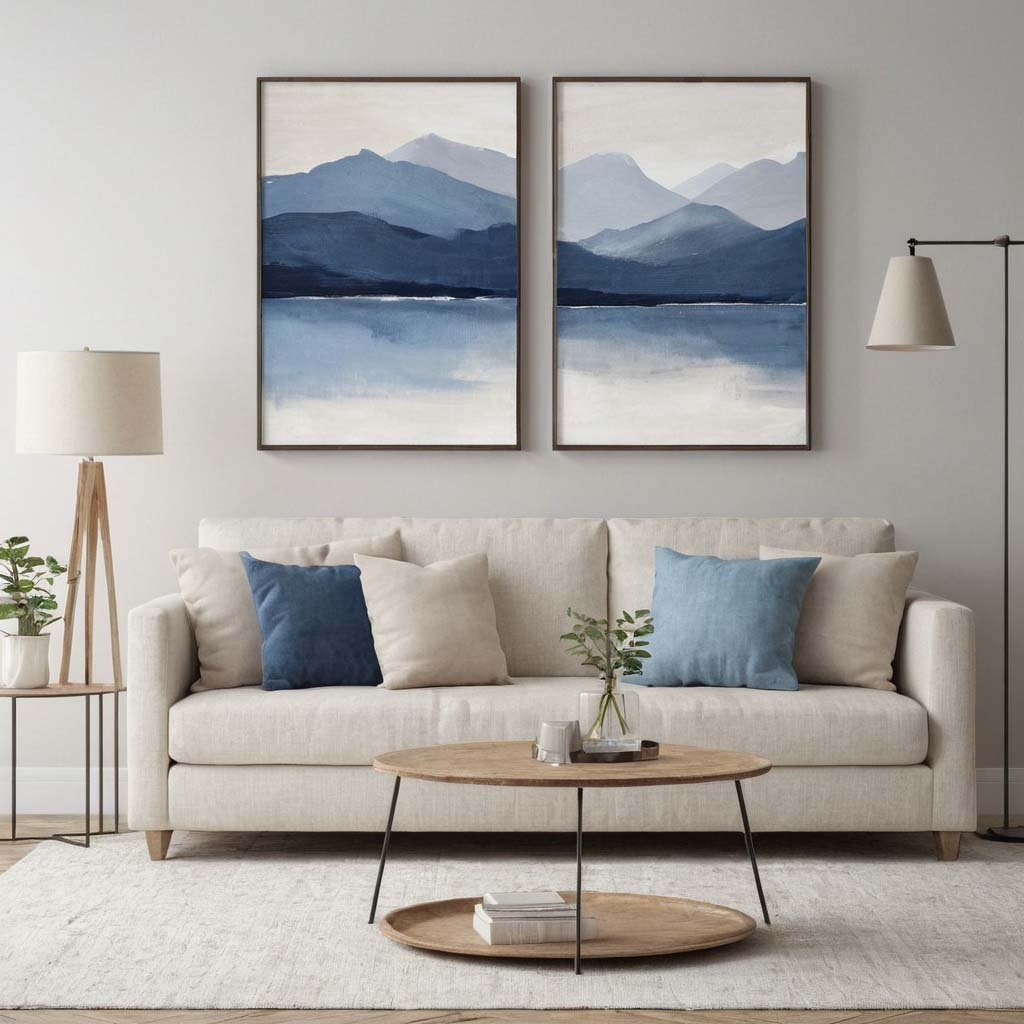
Think about color as well – while minimalist wall art often favors neutral palettes, consider whether you want to introduce pops of color or stick with more subdued tones. Remember that color can have an impact on mood and atmosphere, so choose accordingly.
Finally, don’t be afraid to experiment with different styles within minimalism itself. From abstract compositions to geometric prints or even minimalist photography, there’s a wide range of options available that can suit various tastes and preferences.
About Minimalist Wall Art In Conclusion
In conclusion, minimalist wall art offers a unique and timeless aesthetic that can enhance any interior space. Its focus on simplicity, clean lines, and minimalism allows for a deeper appreciation of form and composition.
Whether you’re looking to create a calming atmosphere in your bedroom or make a bold statement in your living room, minimalist wall art provides endless possibilities. By incorporating negative space, color, or texture effectively, artists are able to create works that are visually striking yet uncluttered.
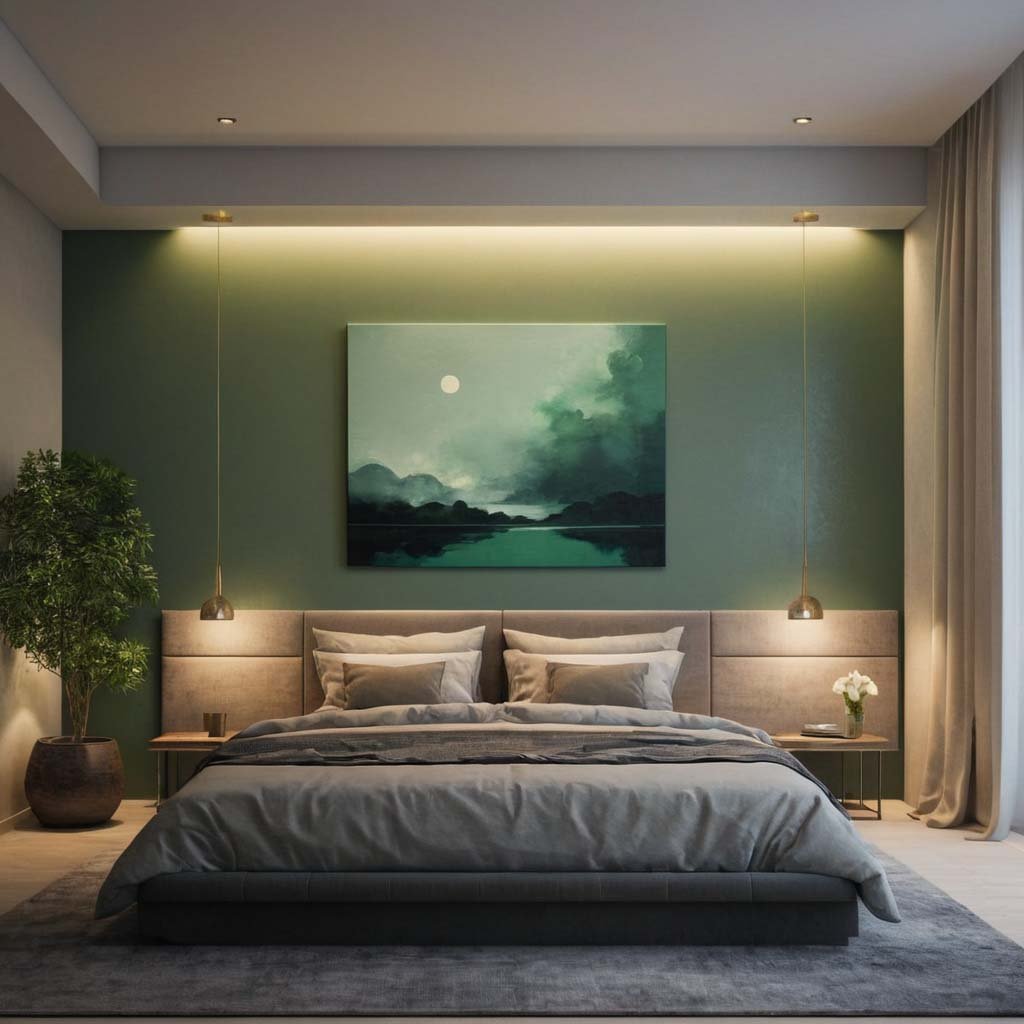
So why not give minimalist wall art a try? Explore different styles within minimalism itself and find pieces that resonate with your personal taste. Embrace the beauty of simplicity and let minimalist wall art transform your home into an oasis of tranquility and sophistication.
RELATED POSTS
View all

